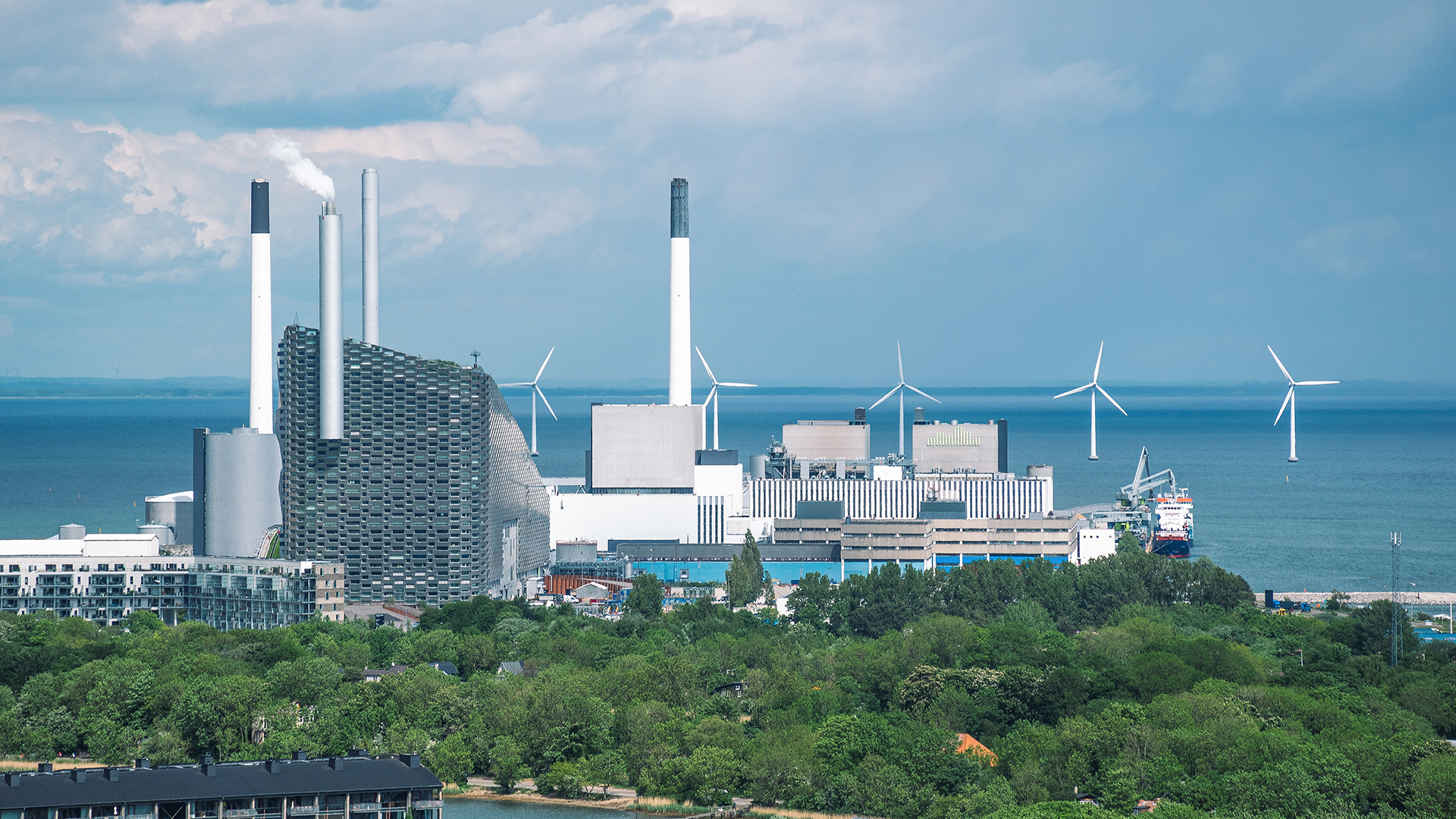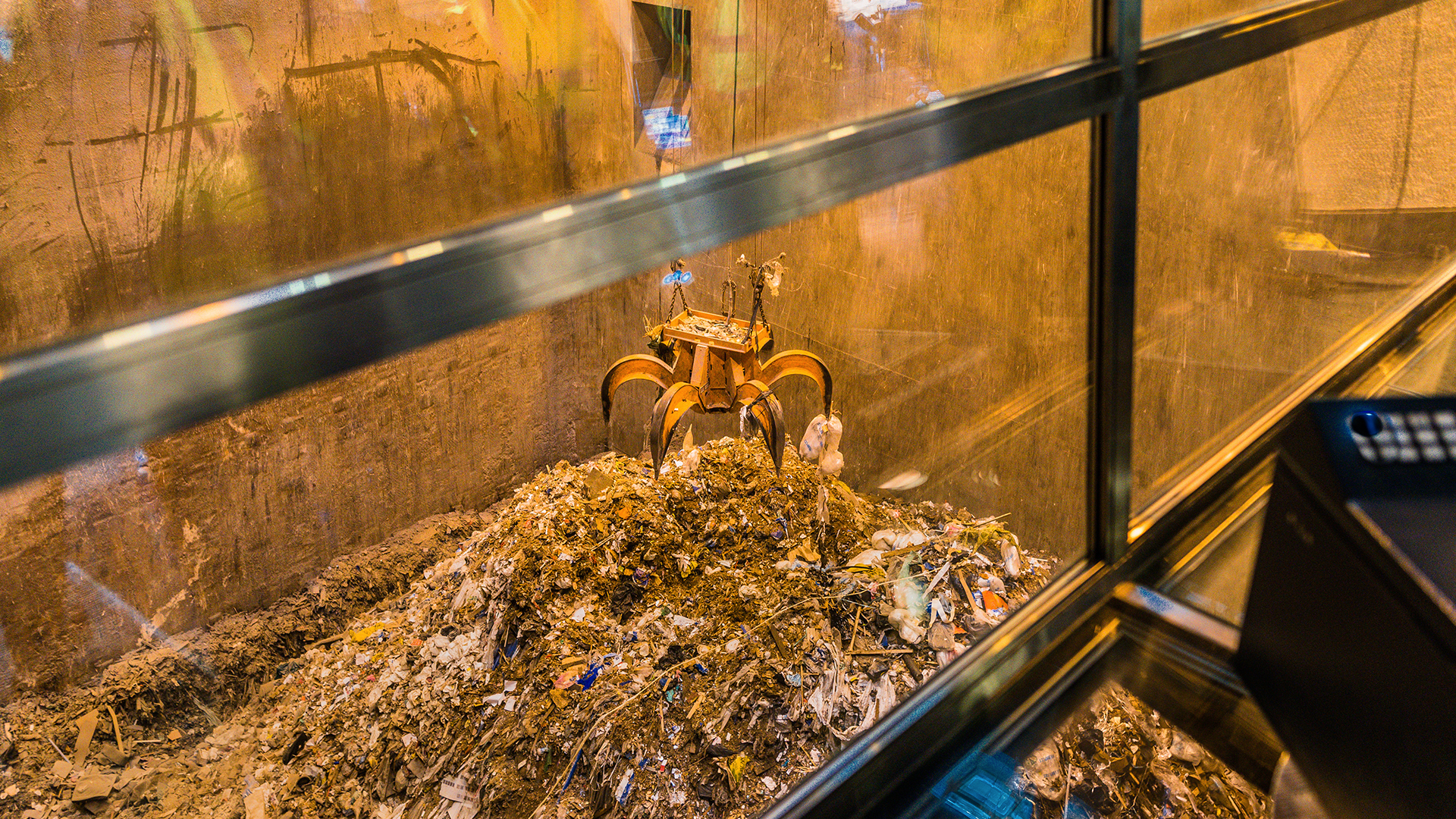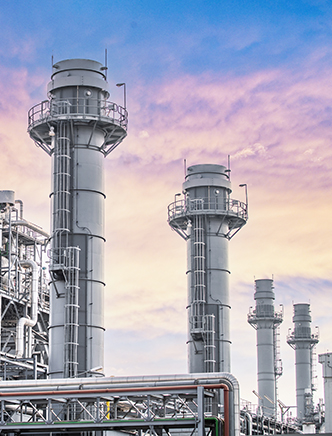Waste-To-Energy as an Alternative Energy Source
The Waste-to-Energy (WtE) industry, like biomass, has seen a large focus over recent years as a potential alternative energy source, the difference being that biomass is a renewable and sustainable energy that can provide carbon credits and a reduction in carbon footprint by supplementing fossil fuels. WtE attraction can also provide carbon offsets but is often cost driven, by avoidance of tipping fees, or cost of waste disposal.
WtE industries are characterized by two general types, incineration or combustible fuels. Incineration applications take a solid or liquid waste product and convert it to heat energy for use in co-generation (co-gen) or process heat applications. Some common waste products being used or evaluated include municipal solid waste (MSW), landfill waste, medical waste, urban wood waste (demolition debris), tree trimmings, etc.

Solid Waste Material to Gas or Liquid
At times, the solution is as simple as taking a solid waste material and incinerating it to make heat to generate steam and provide district heating or heat for an industrial process.
The combustible fuel segment of WtE can be characterized by conversion of waste materials into a gaseous or liquid fuel. Landfill gas applications simply take methane gas that is generated by the degradation of solid waste into methane gas which can be used in reciprocating engines for electricity generation.
Air Pollution Control (APC)
Synthesis gas is generated by using pyrolysis and gasification of waste material. This type of gas can be used in reciprocating engines, steam turbines, and gas turbines for power generation.
The use of tail end environmental technologies or Air Pollution Control (APC) is just as wide ranging. The solutions are wide ranging because the WtE industry covers such a wide range of technologies and the materials used for the process vary by industry and can vary on a day-to-day basis due to the unknowns of where in the process the energy is generated.

WtE industries have been known to generate the following pollutants from their many different sources
- Hg (Mercury)
- Heavy Metals
- SOx
- NOx
- Dioxins
- Furans
- Acid Gas Mist
- Volatile Organic Compounds (VOCs)
- Hazardous Air Pollutants (HAPs)
- Particulate Matter (PM)
WtE Industry Experience
Our own technologies are well proven and have a long track record to help with almost any type of contaminant found in the air streams from industrial biomass facilities and typically include:
- Dustex® Circulating Dry Scrubber (CDS)
- Dustex® Activated Carbon Injection (ACI) System
- Geoenergy® Packed Bed Scrubber
- Dustex® Dry Sorbent Injection (DSI) System
- Geoenergy® Regenerative Thermal Oxidizer (RTO)
- Geoenergy® Wet Electrostatic Precipitator (Wet ESP)
- Dustex® Pulse Jet Fabric Filter / Bag House
- Dustex® SCR/SNCR
- Geoenergy® Regenerative Catalytic Oxidizer (RCO)
- The all-new Evolution RTO®

Are You Interested in Analyzis, Assessment & Field Inspections?
Unbeatable Parts & Unparalleled Service
LDX Solutions had years of experience providing inspection and mechanical services to a wide range of partners across a myriad of industries. Our job is to find the big and small issues that will take equipment offline. We have parts for not only our engineered and patented systems but others as well.
